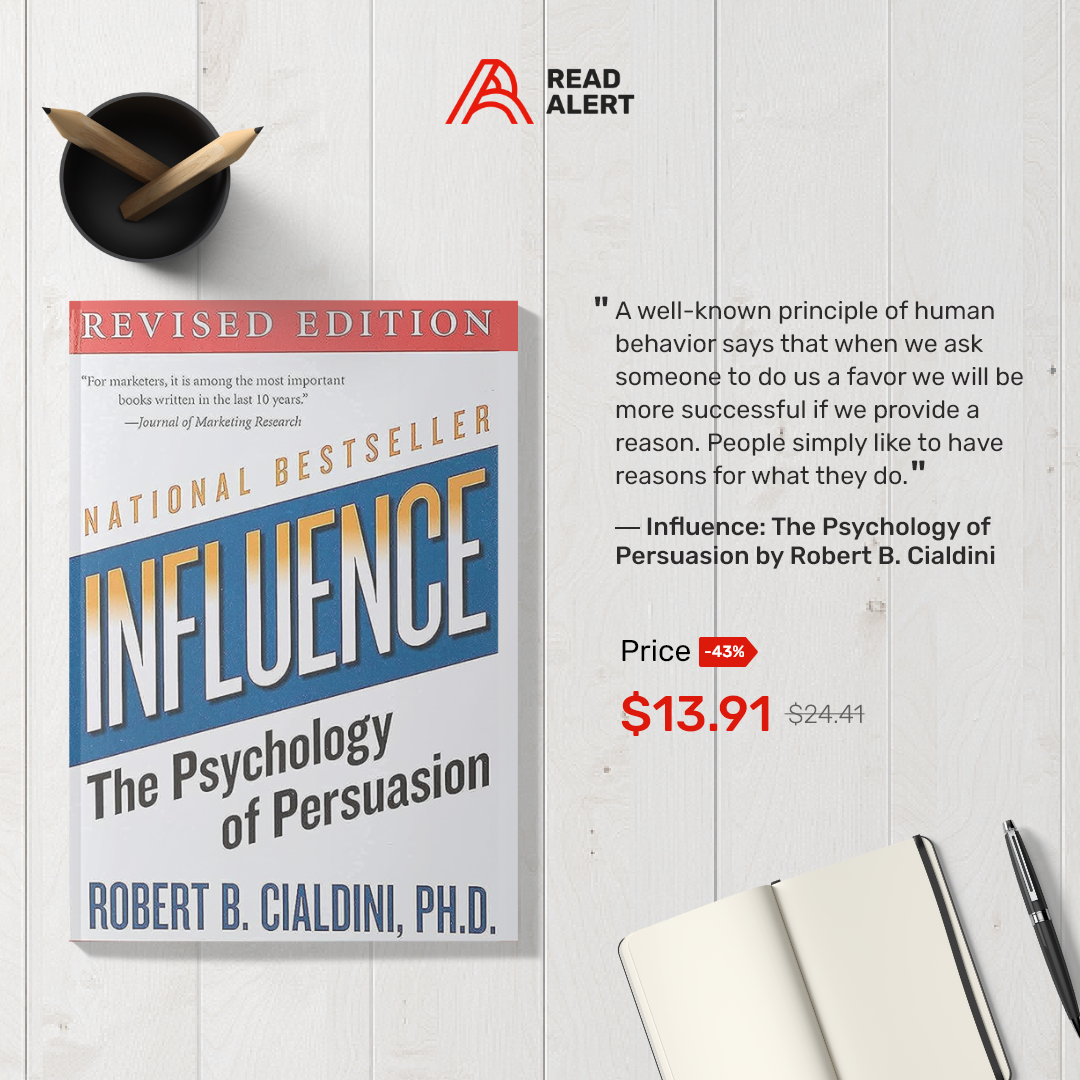If you’re looking to improve your ability to persuade and influence others, then Robert Cialdini’s book “Influence: The Psychology of Persuasion” is a must-read. Cialdini, a renowned psychologist and researcher on the subject, delves deep into the six principles of influence and how they are used in everyday life. Here are five key takeaways from the book that can help you become a master persuader.
1. Reciprocity
People have an innate desire to give back when someone does something for them. This principle is based on the idea that people want to be seen as fair and reasonable. We may feel obligated to return a favor or pay it forward when someone has done something for us. For example, if someone gives us a free sample of their product or service, we might feel compelled to purchase it later on out of gratitude for the free sample they provided us with initially.
2. Commitment and Consistency
People have an inherent need to be consistent with their actions, words, and beliefs. This means that once someone has committed to something, they will be more likely to follow through with it. Humans tend to want to maintain consistency with their past decisions and actions so they will often stick with what they have already agreed upon instead of changing their minds later on down the line. For instance, if someone agrees to join an organization at an event then they will likely stay committed even if their opinion about the organization changes over time because they want to remain consistent with their initial decision.
3. Authority
People tend to follow authority figures such as experts or people in positions of power because they assume these individuals know what’s best for them. If you’re looking to persuade someone, it’s important to establish your authority on the subject matter. This could be done by citing your credentials, experience, or successes in the field.
4. Liking
People are more likely to do something if they like or approve of the person asking them to do it. It’s important to build trust and rapport before attempting any form of persuasion. This can be done by finding common ground or engaging in small talk to establish a personal connection.
5. Scarcity
When something becomes scarce, people will value it more highly than if it were abundant or easily accessible. This is why marketers often use scarcity tactics such as limited-time offers or limited stock availability when trying to persuade people into buying their products or services. If you’re looking to persuade someone, you could use this principle by creating a sense of urgency or scarcity around the desired action.
Conclusion
Overall, “Influence: The Psychology of Persuasion” is an essential read for anyone looking to understand the psychology behind persuasive techniques used in marketing and everyday life. By understanding and applying the six principles of influence (reciprocity, commitment and consistency, social proof, authority, liking, and scarcity) in our daily lives, we can become more effective in persuading others.
In conclusion, “Influence: The Psychology of Persuasion” is an insightful and informative book that can help you become a master persuader. Through the six principles of influence, you can learn how to persuade and influence others more effectively. Whether you’re a marketer, salesperson, or just someone looking to improve your communication skills, this book is a must-read. So, what are you waiting for? Start reading and start persuading!







